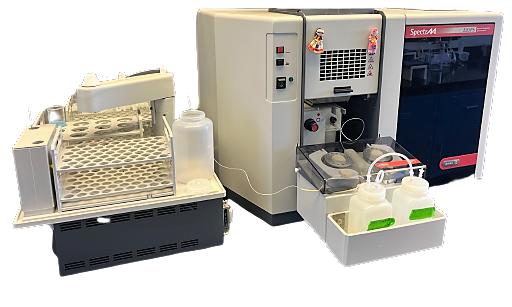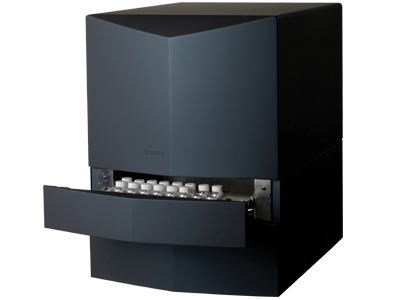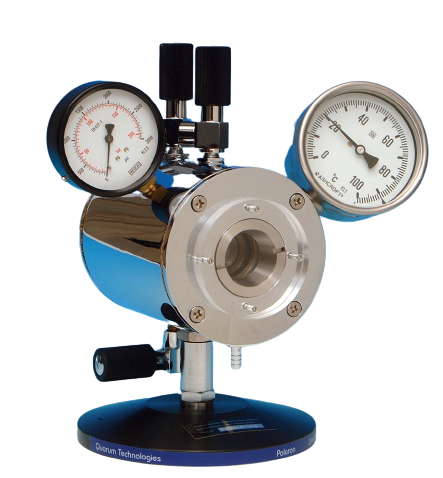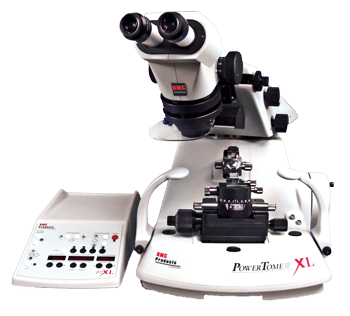Additional Instrumentation

Varian SpectrAA 220FS w/ SPS-5 and SIPS auto sampling
Flame atomic absorption spectroscopy is an inorganic analytical technique used to determine elemental composition of liquid samples. The technique is based on the principle that atoms absorb light of a unique wavelength, characteristic of a specific element. When light of a singular wavelength is provided, electrons in the atom of interest move from the ground state to an excited state as the light is absorbed. The amount of light absorbed is measured and the concentration of the element of interest can be calculated using Beer’s Law. Flame AA is especially useful for analyzing Na and K, as these elements are difficult to detect with other techniques such as ICP-MS.
Contact:
Cassi King
she/her
kingc39@wwu.edu
(360) 650-4127
ES 508c

Hidex 300 SL Liquid Scintillation Counter
Liquid scintillation counting (LSC) is the standard laboratory method to quantify the radioactivity of low energy radioisotopes, mostly beta-emitting and alpha-emitting isotopes. The Hidex 300 incorporates triple-to-double coincidence ratio (TDCR) counting which utilizes a unique design with three photomultiplier detectors aligned 120 degrees from each other.
Contact:
Cassi King
she/her
kingc39@wwu.edu
(360) 650-4127
ES 508c

Polaron E3000 Critical Point Dryer
The CPD allows for gentle dehydration of a sample, preventing tissue damage from rapid atmospheric evaporation. It is a common method of biological sample preparation for SEM imaging.
Contact:
Mike Kraft
he/him
Michael.Kraft@wwu.edu
(360) 650-3879
ES 508a

RMC Boeckeler PowerTome PC ultramicrotome
The microtome creates nanometer thin sections, ideal for sample analysis with our JEOL SEM STEM detector.
Contact:
Mike Kraft
he/him
Michael.Kraft@wwu.edu
(360) 650-3879
ES 508a
